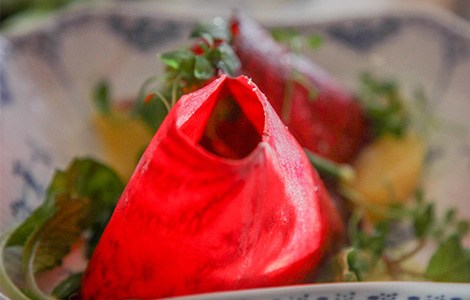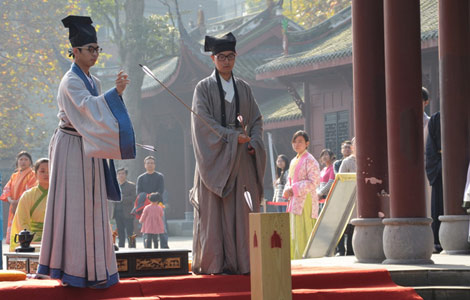Sand and Sanskrit
Updated: 2013-11-17 10:24
By Rebecca Lo (China Daily)
|
||||||||
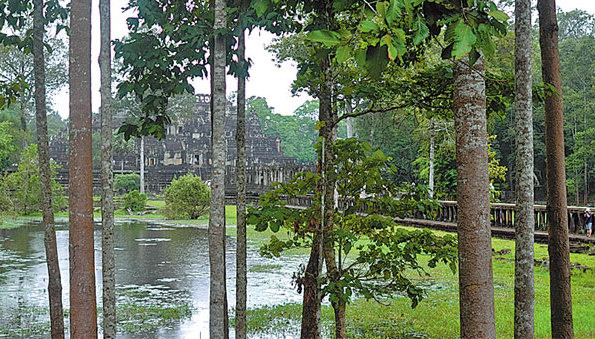 |
|
The Baphuon mountain temple reopened earlier this year and has become one of Siem Reap's most popular sites. |
The grand dame is one of the oldest and most respected colonial properties in southeast Asia, and it was bustling with activity during cocktail hour. The rooms were recently given a gentle renovation by Ho Chi Minh City-based design firm Noor - so gentle that I hardly noticed a difference between now and when I was there last in 2011.
We then assembled for a special temple dinner at Vat Preah Einkosei. I had heard about these traditional Cambodian meals set within the grounds of ancient ruins, but it was my first time experiencing one.
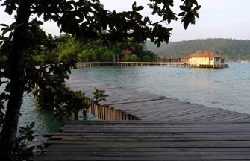 |
| Ideal isles around Cambodia |
Along with a multi-course meal that included amok fish and chicken with cashews - two local delicacies - we saw a variety of stylized dance performances depicting court rituals and cardamom picking.
The next day was spent visiting Siem Reap's famous temples, organized by Chemins d'Angkor and led by our guide Phourng Phalkun. Along with Angkor Wat and Bayon Temple, we visited Baphuon mountain temple.
After a quarter of the complex collapsed, Baphuon was closed for 15 years as it underwent reconstruction by French architects from Ecole Francaise d'Extreme-Orient. It reopened earlier this year and has become one of Siem Reap's most popular sites.
After attempting to spot the reclining Buddha hidden in one side of the temple, I climbed up the steep steps to the very top. A sea of green surrounded me, and the jungle's contrast against the 11th-century temple I was standing upon reaffirmed my admiration for the Khmer culture.

 Post-baby Duchess
Post-baby Duchess
 Victoria Beckham S/S 2014 presented during NYFW
Victoria Beckham S/S 2014 presented during NYFW
 'Despicable' minions upset Depp's 'Lone Ranger' at box office
'Despicable' minions upset Depp's 'Lone Ranger' at box office
 'Taken 2' grabs movie box office crown
'Taken 2' grabs movie box office crown
 Rihanna's 'Diamonds' tops UK pop chart
Rihanna's 'Diamonds' tops UK pop chart
 Fans get look at vintage Rolling Stones
Fans get look at vintage Rolling Stones
 Celebrities attend Power of Women event
Celebrities attend Power of Women event
 Ang Lee breaks 'every rule' to make unlikely new Life of Pi film
Ang Lee breaks 'every rule' to make unlikely new Life of Pi film
Most Viewed
Editor's Picks

|

|

|

|
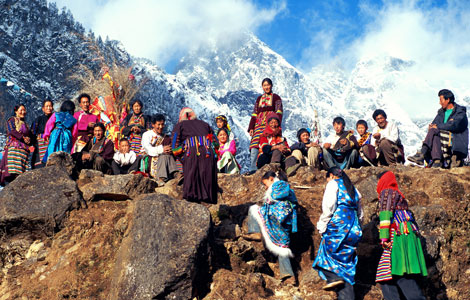
|
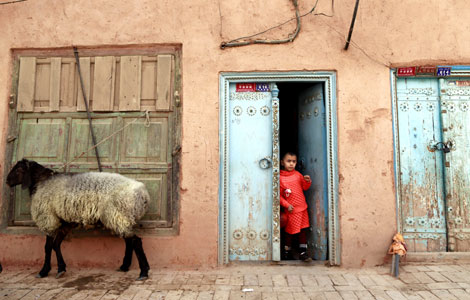
|
Today's Top News
PM Abe busy in ASEAN blitz aimed at Beijing
EU, China heading in the right direction
Bringing China's best minds home
Lanzhou takes lead to curb car use
Russian jet crashes, 50 killed
China on track to hit eco-targets early
China's FTZs promise flourishing growth
Reform tackles overcapacity
US Weekly

|

|

